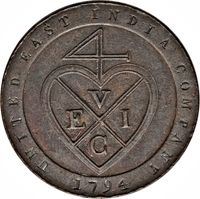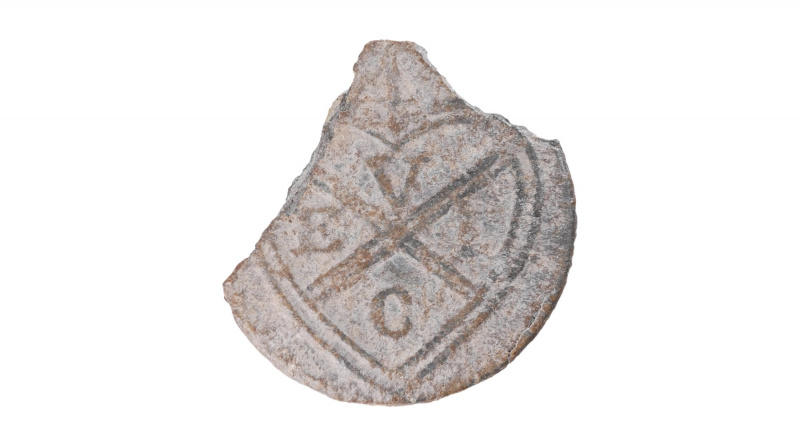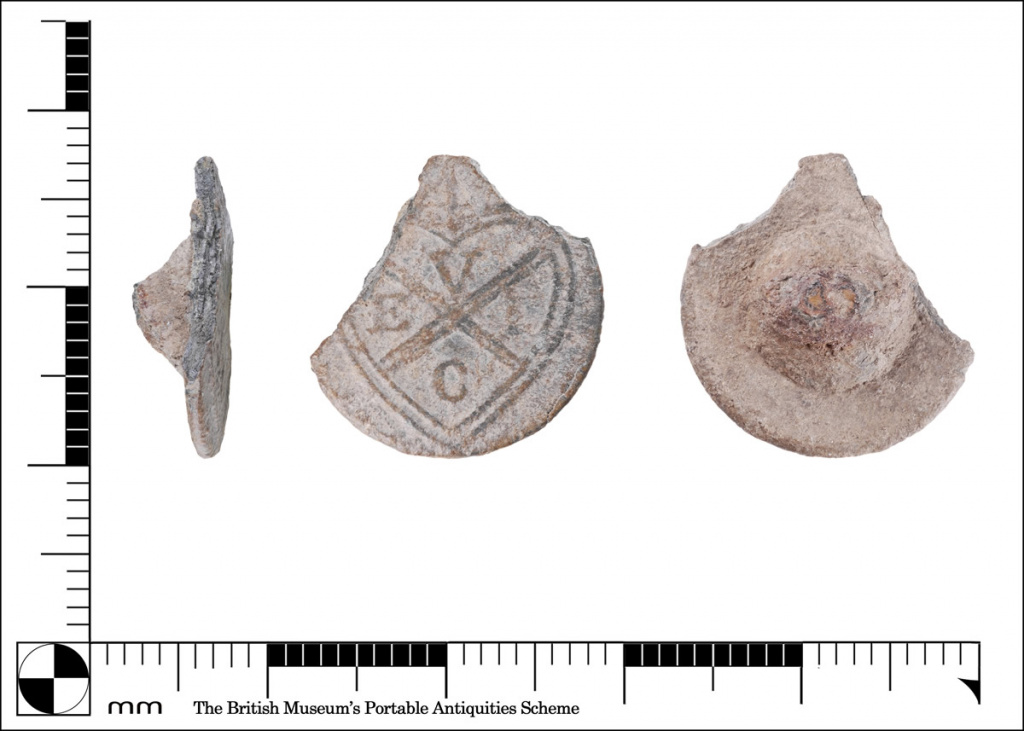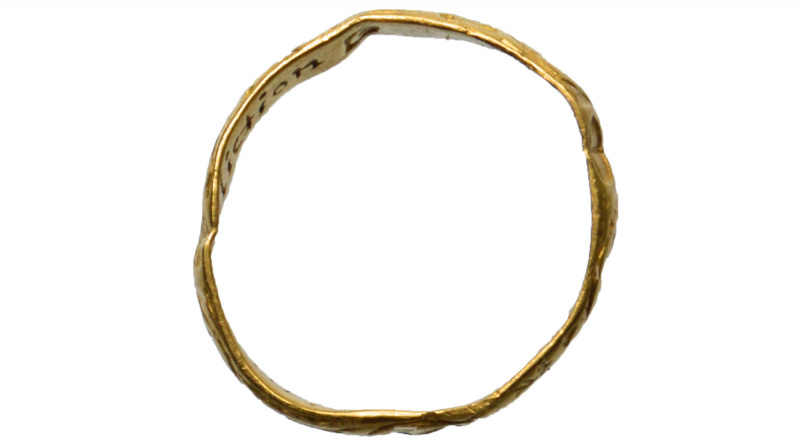PAS Finds (w/e 30/06/23) – East India Company
My selection of the detecting finds recorded at the PAS in the week ended 30 June 2023
Featured Find
Seal of the East India Company
A lead cloth seal of the East India Company dating from 1702 to c. 1800.
East India Company
Origins
On 31 December 1600, Queen Elizabeth granted a charter to the corporation named Governor and Company of Merchants of London trading into the East Indies. Over the 17th century it established itself in India. In 1670 King Charles II gave the company the right to mint money, establish armies and forts and to exercise civil and criminal jurisdiction over the areas it controlled; in effect in had become a nation, with the monopoly of trade with Britain.
United East India Company
The Glorious Revolution of 1688 saw William III lose many of the rights of a monarch but did maintain authority over foreign policy an d trade. The continuing war with France necessitated the need for more income and William deregulated the company’s monopoly in an attempt to encourage competition. A second company named English Company Trading to the East Indies formed – it began using a heart shaped “bale mark”. The wealthy owners of the East India Company were not best pleased by what they described as interlopers taking some of their trade.
The upset caused meant the competition was short lived as in 1702 Queen Anne unified the two companies. This lead to a rebranding of the company: the term United was added to East India Company and the distinctive heart shape “bale-mark” was of the second company retained as part of the company logo.
Logo
The company logo would appear on everything it produced from stamps to coins, as shown by this 1/48 rupee coin.

The origins of the VEIC for United East India Company and the heart shape are fairly well established. The part which isn’t so clear is the “4” which sits above.
In an article from 1908 about Indian coinage, Major R. P. Jackson, Indian Army (retired) wrote “Discussion has arisen as to the origin and meaning of the 4 which surmounts the monogram of the company“
Searching through the internet, that discussion continues to this day and I have rarely seen so many alternative theories. These include: it represents Agnus Dei – “lamb of god”, it’s like a sail or it is the four virtues of prudence, justice, courage and temperance.
Sign of Four
For me, the most compelling theory is that is the “Sign of Four”

This sign was an adaption of the Chi Rho adopted by Romans and Christianity to signify Christ. It was also known as the Staff of Mercury, which is recognised as a symbol of commerce and negotiation.
As illustrated, variations of it were widely used by English merchant adventurers before the start of the East India Company.
It is also thought that the use of the 4 provided an indirect Christian reference so as not to offend non Christians in India.




